That is no country for old men. The young
In one another’s arms, birds in the trees,
—Those dying generations—at their song,
The salmon-falls, the mackerel-crowded seas,
Fish, flesh, or fowl, commend all summer long
Whatever is begotten, born, and dies.
Caught in that sensual music all neglect
Monuments of unageing intellect.
IV.
Once out of nature I shall never take
My bodily form from any natural thing
But such a form as Grecian goldsmiths make
Of hammered gold and gold enamelling
To keep a drowsy Emperor awake;
Or set upon a golden bough to sing
To lords and ladies of Byzantium
Of what is past, or passing, or to come.
—William Butler Yeats, “Sailing To Byzantium,” in The Tower, 1928
Ah, happy, happy boughs! that cannot shed
Your leaves, nor ever bid the Spring adieu;—John Keats, “Ode on a Grecian Urn,” 1819
A marvel of art in science and a marvel of science in art.
—motto of the Ware Collection
A monograph on the possibility of constructing a poetic vocabulary of concepts which would not be synonyms or periphrases of those which make up our everyday language, “but rather ideal objects created according to convention and essentially designed to satisfy poetic needs.”
—Jorge Luis Borges, “Pierre Menard, Author of the Quixote,” in Labyrinths, 1962
Morphological mimicry could then be, after the fashion of chromatic mimicry, an actual photography, but of the form and the relief, a photography on the level of the object and not on that of the image, a reproduction in three-dimensional space with solids and voids: sculpture-photography or better teleplasty, if one strips the word of any metapsychical content.
—Roger Caillois, “Mimicry and Legendary Psychasthenia,” in October: The First Decade, 1976–1986
The object is that through which we mourn for ourselves, in the sense that, in so far as we truly possess it, the object stands for our own death, symbolically transcended.
—Jean Baudrillard, “The System of Collecting,” in The Culture of Collecting, 1994
In Freud’s model of the psyche, the elements of the unconscious were akin to artifacts. In the psychoanalytic process, each element had to be unearthed, examined, and displayed in conjunction with the other elements—a therapeutic exhibition of the neuroses.
—Dr. Francis McKee, “Every Creeping Thing: The Anxieties of Collecting,” in The Institute of Cultural Anxiety, 1996
Collectors are the physiognomists of the world of objects [and in this they] turn into interpreters of fate. One has only to watch a collector handle the objects in his glass case. As he holds them in his hands, he seems to be seeing through them into their distant past as though inspired.... To renew the old world—that is the collector’s deepest desire when he is driven to acquire.
—Walter Benjamin, “Unpacking My Library,” in Illuminations, 1955
http://cabinetmagazine.org/issues/6/vitreoustact.php
Every collector is a substitute for a Don Juan.
—Sigmund Freud, The Interpretation of Dreams, 1900
Ownership is the most intimate relationship that one can have to objects.
—Walter Benjamin, “Unpacking My Library,” in Illuminations, 1955
Flowers, you know, are the real story behind the birds and the bees.
—Tape tour comment on the pollination sequence
The practical application of the Glass Flowers as research specimens subsided with the advent of precise color photography, plastics, air travel, and refrigerated transport. And, predictably, as the primacy of their scientific literalness receded, their role as fetish and metaphor gained power. The Blaschkas’ masterworks not only represent the urge to catalogue and preserve, not just the thrill of illusion and mimesis, but the primal sex-and-death tableau of flowers. It is worth noting, at the end, that one of the earliest known collected objects was botanical—a sea urchin inscribed in Eyptian hieroglyphs with the date, the name of the collector, and the site of the find.8 In collecting, the beloved is possessed perpetually, even if that beloved is the world at large. In the Glass Flowers, as in love, attention becomes creation.
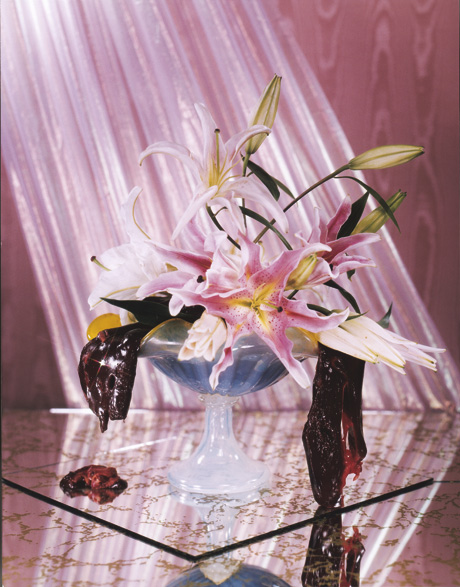
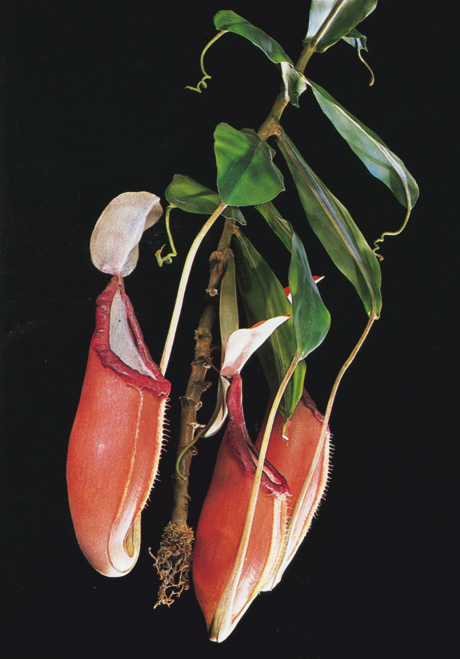
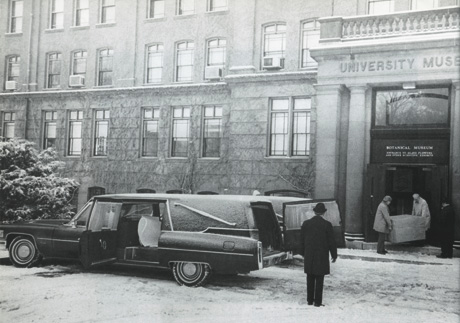
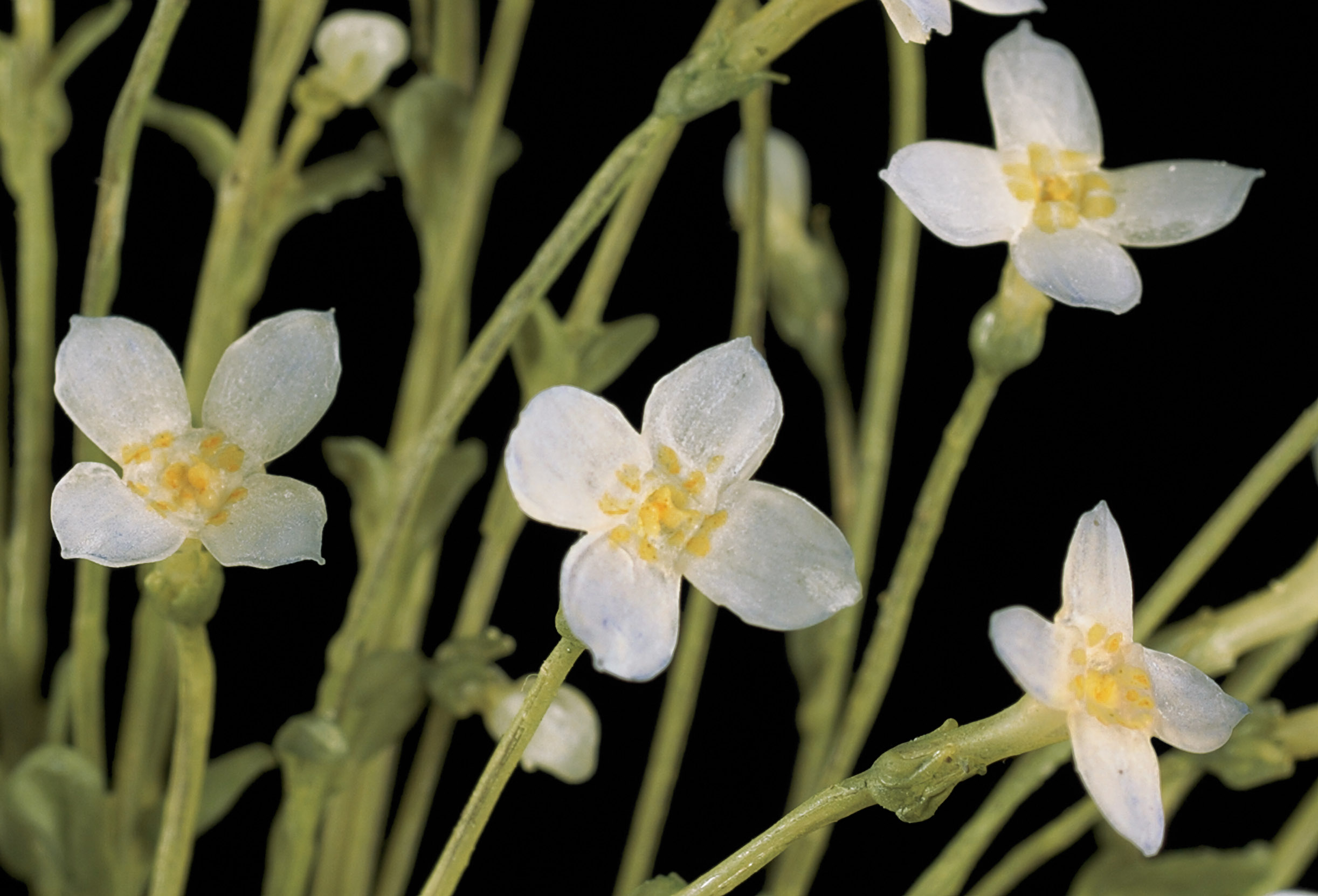

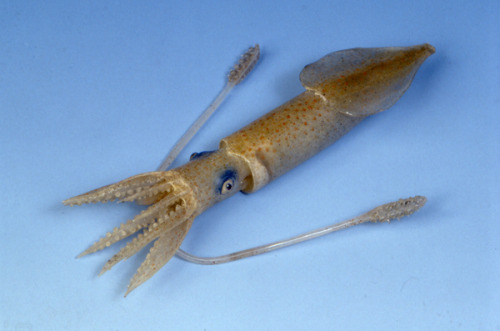

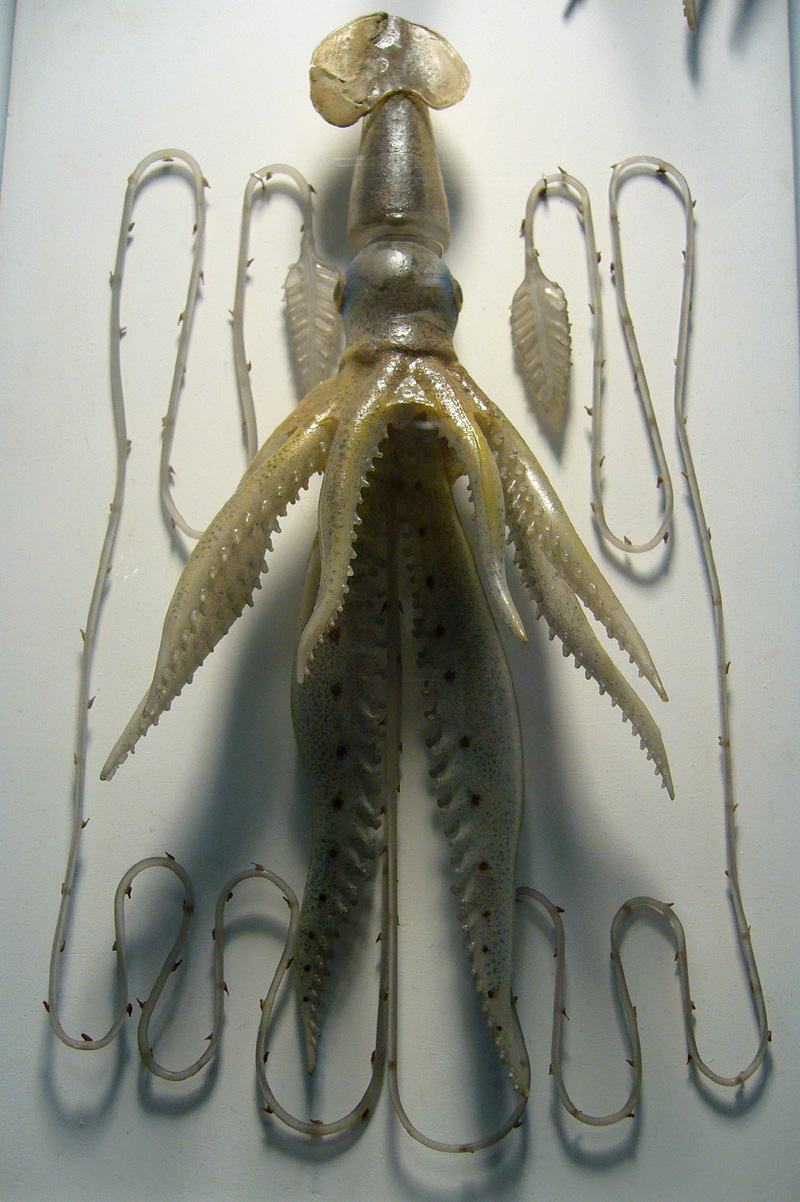
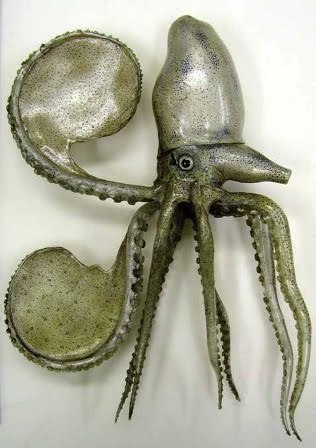
No comments:
Post a Comment